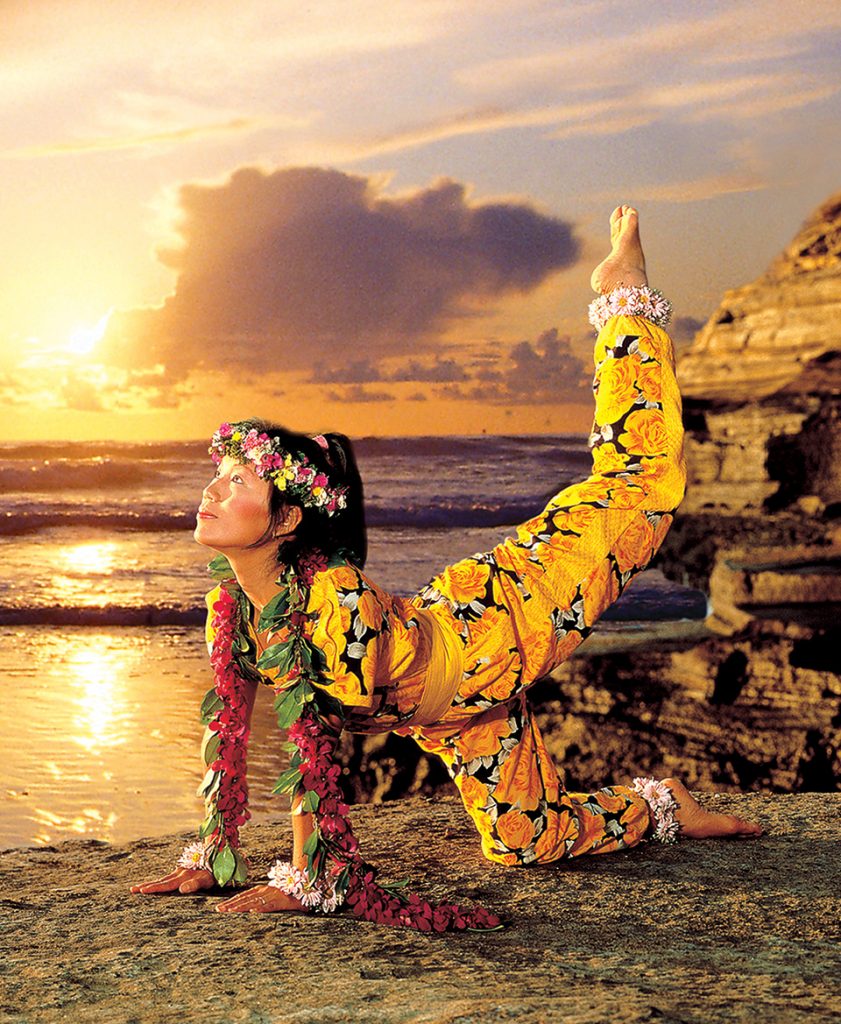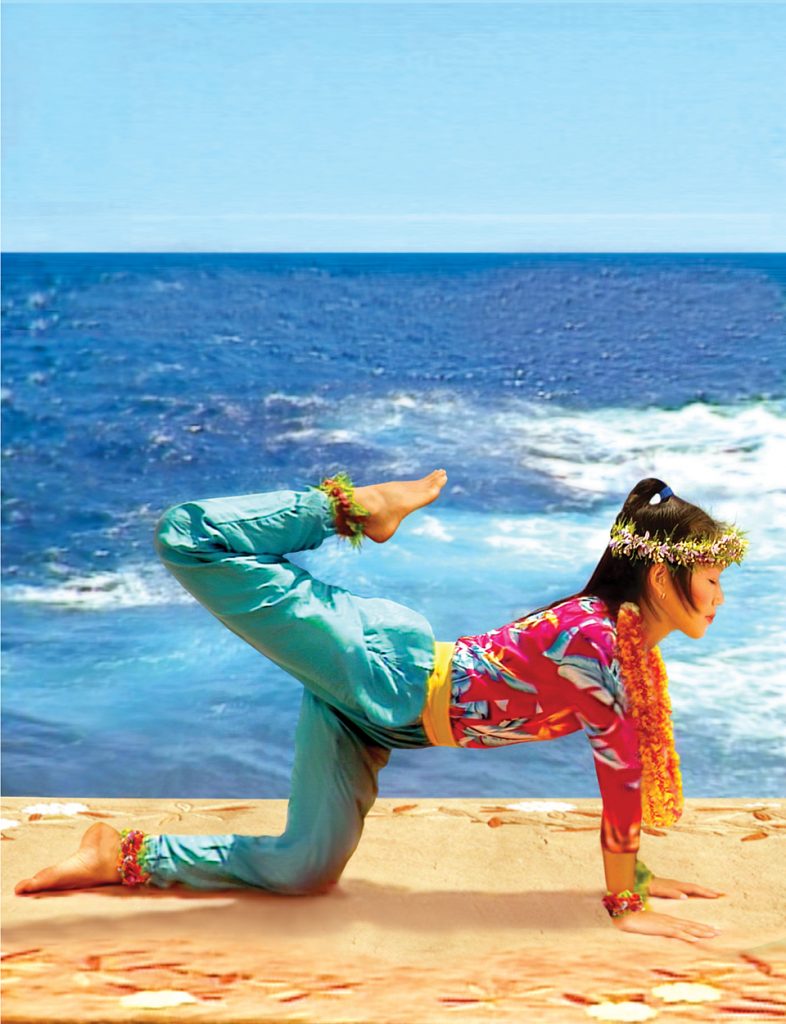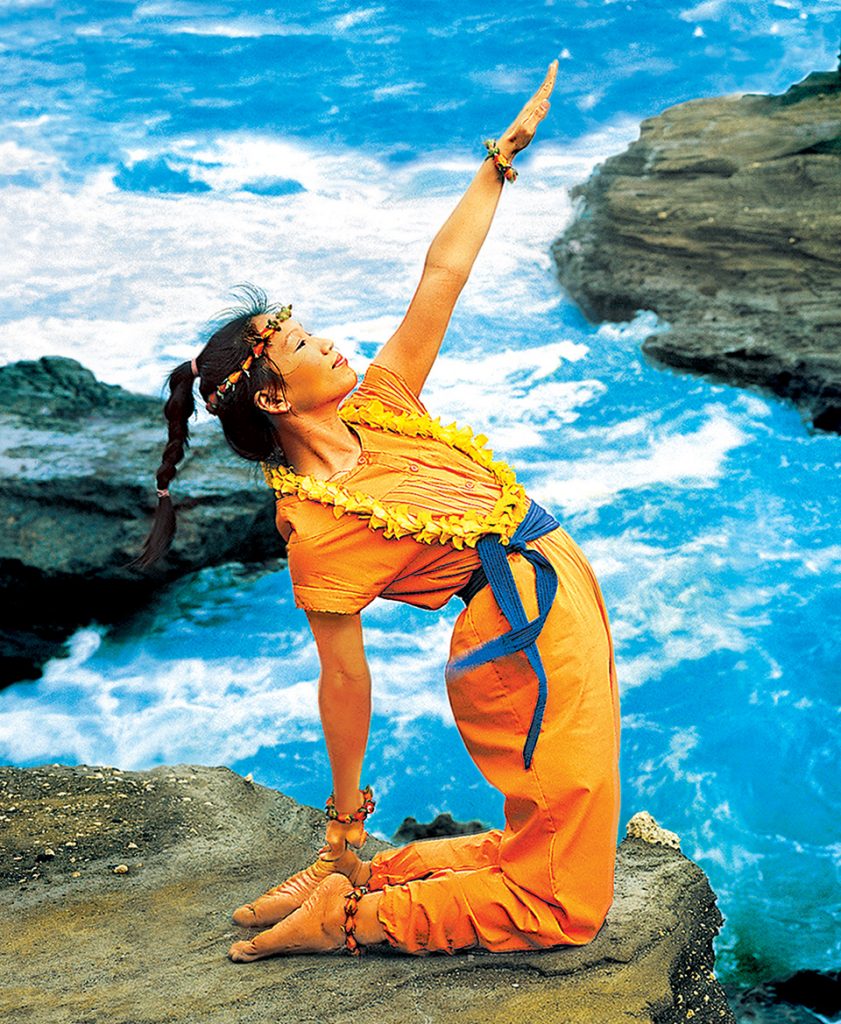Humility in Practice
by Wai Lana | October 8, 2016 8:28 pm
Yoga asanas were originally designed with a higher purpose in mind -that of preparing the body to sit in meditation to achieve the highest goal of yoga: loving union with the Supreme Soul. Humility is a key virtue in achieving this goal. Yet even if you are practicing asanas solely for their physical benefits, a humble attitude can keep you safe and is conducive to developing spiritual qualities that will improve your life overall.
Yoga is a complete way of Life
First of all, the body is a gift, a temple for the person residing within, and we should respect and take care of it. Practicing asanas is wonderful for keeping the body healthy, but only if we do so in a way that’s conducive to our well-being. This means, first of all, considering what kind of practice is suitable for you -for your age, your physical condition, and even your mindset. A vigorous vinyasa practice, for example, is more suited to someone who is young and athletic rather than someone in their 50s who has been sedentary most of their life. Someone with an A-type personality may be drawn to a challenging, fast-paced practice, whereas they may actually benefit more from slowing down and taking the time to do the poses with more awareness of the sensations in their body and with a greater focus on the breath.

“The poses that are the best for you are those you can practice comfortably, without pain and without strain. “
Just as not all types of asana practice are suitable for everyone, neither are all asanas; each one has its own set of challenges. If you are a and you are not absolutely sure you can do an asana without injuring your body, then it’s best not to do it -you decide. After all, you know your body better than anyone else -your abilities, your , your strengths and weaknesses. Knowing your limitations requires keen awareness, really exploring how your body feels in the different poses so you’re able to sense when danger is approaching. If you listen to the messages your body sends you, you’ll be able to make intelligent decisions in your asana practice, such as how far you can safely stretch, how long you should hold a pose, which poses are suitable for your body, which are not, and so on.

There is a misconception that the harder an asana is to perform, the more benefits it provides. Thinking like this naturally makes us very eager to “get past ” the asanas so that we can practice the more difficult ones. But some people’s bodies are tight by nature and they may never be able to do some of the harder poses. Does it matter? Not at all. The poses that are the best for you are those you can practice comfortably, without pain and without strain.
“A fruitful asana practice requires humility and acceptance. “
Yes, You Can Benefit from Yoga
Each day, and even from hour to hour, our physical condition changes according to our , diet, and current and past activities. Even the weather can affect our physical condition. The body usually feels a little tighter when it’s cold, looser when it’s hot. Our condition also changes according to the time of day -our muscles and joints are tighter in the morning than at night. Menstruation, hormones, recent sickness, injuries, stress, and so on, also affect our physical condition.
Yoga for Stress Relief
Because our condition is different every time we practice, it’s crucial that we don’t jump headlong into doing an asana to the length or the degree of intensity that we may have done it before. In other words, we should never mechanically practice an asana thinking we can do it exactly as we did previously, even if just yesterday we felt fine and didn’t get injured. Rather, every time we do the routine yoga practice, we should focus our attention on how our muscles and body feel in each position or movement and practice accordingly.

A fruitful also requires humility and acceptance. If you’re in class, you need to be willing to come out of a pose before others or rest when necessary. Sometimes people get very proud that they can hold a pose a long time, stretch farther than others, or do extreme poses. But or trying to impress others is a sure path to injury. When we are fueled by pride, we lose our intelligence and can easily push ourselves beyond our limits. Being humble enough to accept where we are in our ability and to make gradual progress for the purpose of improving our health ultimately benefits us far more than striving to achieve a picture-perfect Hanumanasana (splits).
In the end, it is humility that leads to inner peace and happiness, not pride, and it is also one of the many qualities that an asana practice can help us to cultivate.
” …it is humility that leads to inner peace and happiness, not pride … “
Learn more about Wai Lana
Source URL: https://yogadigest.com/humility-in-practice/